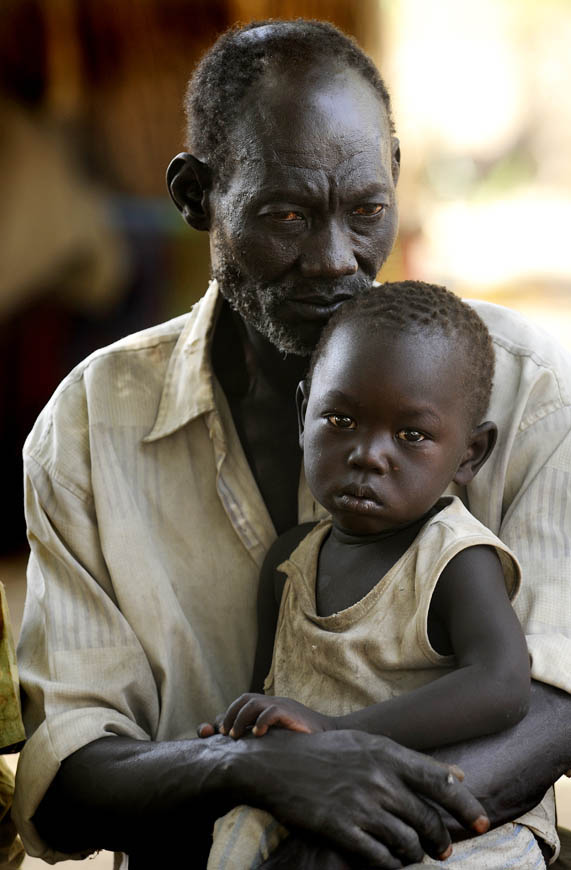
Psychological interventions of a preventive nature usually offer people support and practical help to develop ways of coping, a sense of hope, and focus on building resilience. What are psychological and social interventions? These include post‐traumatic stress disorder, depression and anxiety. People living through a humanitarian crisis may experience physical and mental distress that make them vulnerable to developing mental health disorders. Examples include: wars, famine, and natural disasters such as earthquakes, hurricanes and floods.
#Republic of upper volta refugees series#
Mental health during a humanitarian crisisĪ humanitarian crisis is an event, or series of events, that threaten the health, safety, security or well‐being of a community or large group of people, usually over a wide area.

For this reason, prevention studies are urgently needed to assess the impact of interventions on the incidence of mental disorders in children and adults, with extended periods of follow‐up.ĭo psychological and social interventions prevent mental health disorders in low‐ and middle‐income countries affected by humanitarian crises? Moreover, it is possible that random error had a role in distorting results, and that a more thorough picture of the efficacy of prevention interventions will be provided by future studies.

Additionally, for both child and adolescent populations and adult populations, a very small number of RCTs with low quality evidence on the review's secondary outcomes (changes in symptomatology at endpoint) did not suggest any beneficial effect for the studied prevention interventions.Ĭonfidence in the findings is hampered by the scarcity of prevention studies eligible for inclusion in the review, by risk of bias in the studies, and by substantial levels of heterogeneity. Of the seven prevention studies included in this review, none assessed whether prevention interventions reduced the incidence of mental disorders and there may be no evidence for any differences in acceptability. Owing to the small number of RCTs included in the present review, it was not possible to carry out neither sensitivity nor subgroup analyses. No data were available for PTSD symptoms in the adult population. In adults' secondary outcomes of prevention interventions, psychological counselling may be effective for reducing depressive symptoms (MD −7.50, 95% CI −9.19 to −5.81 1 study, 258 participants very low quality evidence) and anxiety symptoms (MD −6.10, 95% CI −7.57 to −4.63 1 study, 258 participants very low quality evidence) at endpoint. No information on adverse events related to the interventions was available.įor children's and adolescents' secondary outcomes of prevention interventions, there may be no evidence of a difference between psychological and social intervention groups and control groups for reducing PTSD symptoms (standardised mean difference (SMD) −0.16, 95% CI −0.50 to 0.18 3 studies, 590 participants very low quality evidence), depressive symptoms (SMD −0.01, 95% CI −0.29 to 0.31 4 RCTs, 746 participants very low quality evidence) and anxiety symptoms (SMD 0.11, 95% CI −0.09 to 0.31 3 studies, 632 participants very low quality evidence) at study endpoint. For the primary outcome of acceptability, there may be no evidence of a difference between psychological and social interventions and control at endpoint for children and adolescents (RR 0.93, 95% CI 0.78 to 1.10 5 studies, 1372 participants low‐quality evidence) or adults (RR 0.96, 95% CI 0.61 to 1.50 2 studies, 767 participants very low quality evidence). None of the included studies provided data on the efficacy of interventions to prevent the onset of mental disorders (incidence). All the interventions were delivered by paraprofessionals and, with the exception of one study, delivered at a group level. Together, the seven RCTs compared six different psychosocial interventions against a control comparator (waiting list in all studies).

In the present review we included seven RCTs with a total of 2398 participants, coming from both children/adolescents (five RCTs), and adults (two RCTs).


 0 kommentar(er)
0 kommentar(er)
